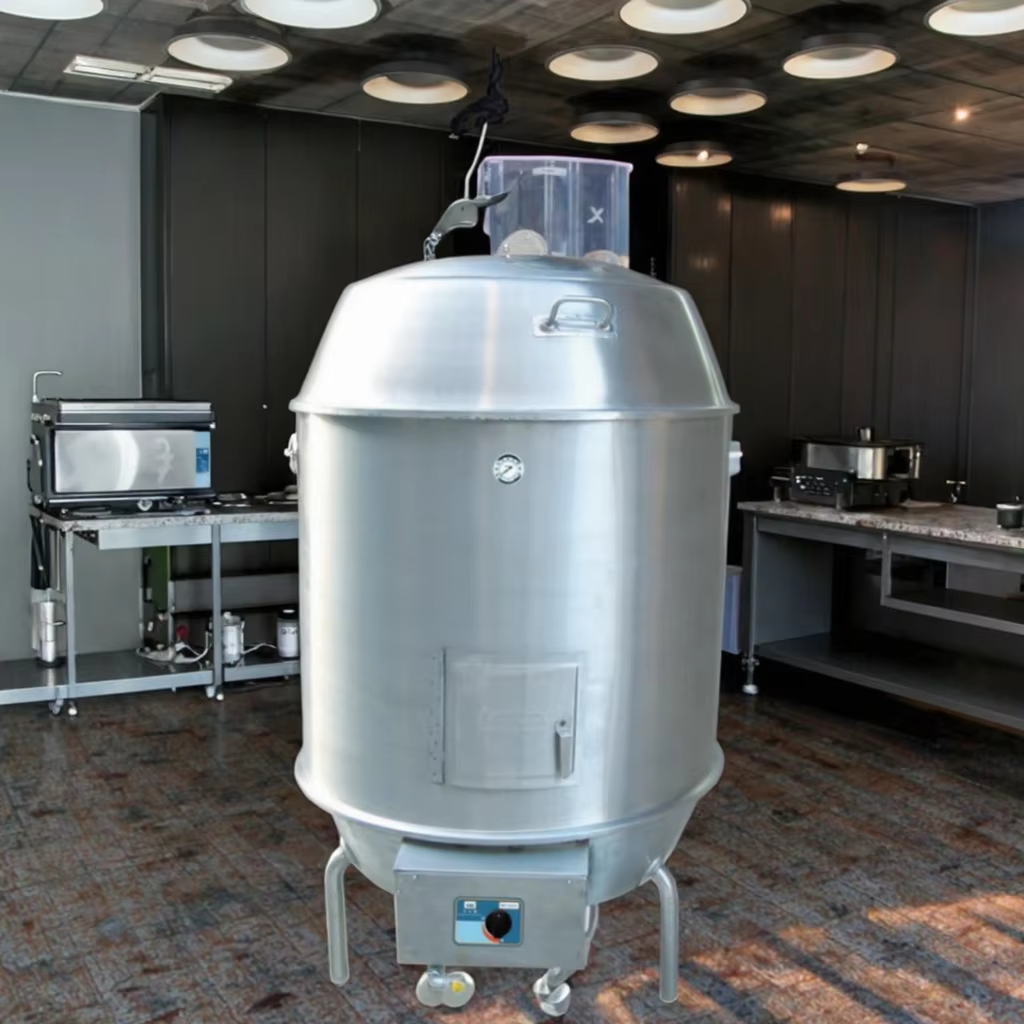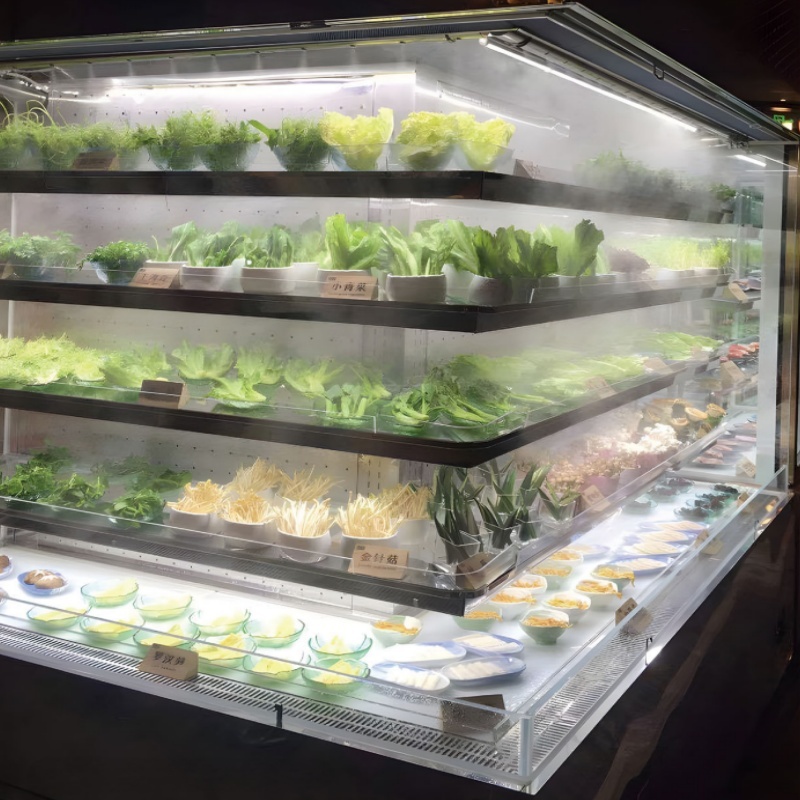A Beginner's Guide to Coffee Roaster Factory Operations: Mastering the Art of Coffee Production
A Beginner's Guide to Coffee Roaster Factory Operations
Table of Contents
- Introduction to Coffee Roasting
- Understanding Coffee Roaster Factory Operations
- Types of Coffee Roasters
- The Coffee Roasting Process
- Quality Control in Coffee Roasting
- Sustainability Practices in Coffee Roasting
- Marketing Your Coffee Roasting Business
- Frequently Asked Questions
- Conclusion
Introduction to Coffee Roasting
Coffee roasting is a crucial step in transforming green coffee beans into the aromatic and flavorful coffee we enjoy daily. This process involves various techniques that enhance the natural flavors of the beans while also ensuring consistency and quality from batch to batch. For those interested in entering the coffee industry, understanding the fundamentals of coffee roaster factory operations is essential.
In this guide, we will delve into every aspect of coffee roaster factory operations, providing you with the insights needed to successfully navigate this vibrant industry.
Understanding Coffee Roaster Factory Operations
A coffee roaster factory is more than just a place where beans are roasted; it is a complex operation that encompasses various stages, including sourcing raw beans, roasting, packaging, and distribution. Each step requires careful planning and execution to ensure that the final product meets high standards of quality and flavor.
Key Components of Coffee Roaster Factory Operations
1. **Bean Sourcing:** Quality coffee starts with high-quality beans. Understand the importance of sourcing beans from reputable suppliers and establishing relationships with coffee growers.
2. **Roasting Equipment:** Familiarize yourself with different types of roasting machines and their specifications. The right equipment can impact the flavor profile of the final product significantly.
3. **Staff Training:** Proper training of staff is essential for consistent operation. Employees should understand the roasting process, equipment usage, and quality control measures.
4. **Production Schedule:** Develop a robust production schedule that accounts for demand fluctuations and ensures timely delivery of fresh products to customers.
5. **Maintenance and Safety:** Regular maintenance of equipment and adherence to safety protocols are critical for efficient operations and preventing accidents.
Types of Coffee Roasters
Understanding the various types of coffee roasters can help you choose the best fit for your factory operations. Here are the most common types:
1. Drum Roasters
Drum roasters are among the most popular choices for commercial coffee roasting. They utilize a rotating drum to evenly roast coffee beans, providing consistency in flavor and color. Their gradual heating allows for the development of complex flavor profiles.
2. Air Roasters
Air roasters use hot air to roast beans, resulting in a lighter roast. This method is known for producing a clean and crisp flavor. While they are less common in commercial settings, they can be beneficial for smaller batches.
3. Fluid Bed Roasters
These roasters create a fluid bed of hot air that lifts the beans, allowing for even roasting. Fluid bed roasters are known for their speed and efficiency, making them suitable for large-scale operations.
4. Sample Roasters
Sample roasters are used primarily for small batches to test different blends and roast levels. They are invaluable tools for quality control and experimentation before committing to larger production runs.
The Coffee Roasting Process
The coffee roasting process is a delicate art that can be broken down into several key stages:
1. Green Bean Preparation
Before roasting, it's essential to sort and clean the green beans. Remove defects and impurities to ensure a high-quality roast.
2. Preheating the Roaster
Preheating the roaster is crucial for achieving the desired roast level. Each roaster type may have different preheating requirements, so it’s essential to follow the manufacturer's guidelines.
3. Roasting Stages
The roasting process typically involves several stages:
- **Drying Phase:** The beans lose moisture, which is vital for the subsequent roasting process.
- **Maillard Reaction:** This occurs as sugars and amino acids react, developing flavor and color.
- **First Crack:** A critical point indicating that the beans are reaching light roast levels. Listen for the popping sound.
- **Development Time:** After the first crack, you can choose to either stop the roast or continue to achieve the desired roast level (medium or dark).
4. Cooling the Beans
After achieving the desired roast, cooling the beans quickly is essential to stop the roasting process. Any delay can lead to over-roasting and unwanted flavors.
5. Packaging and Distribution
Once the beans are cooled, they should be packaged in airtight containers to preserve freshness. Timely distribution is crucial to ensure customers receive the freshest product.
Quality Control in Coffee Roasting
Quality control is paramount in coffee roasting. Implementing strict quality control measures ensures that each batch of coffee meets the desired flavor profile and consistency.
1. Cupping and Tasting
Regular cupping sessions help assess the flavor profiles of different roasts. A trained palate can identify defects and make necessary adjustments to the roasting process.
2. Bean Analysis
Use detailed analyses, such as moisture content and density measurements, to understand the quality of green beans before roasting. High-quality beans yield better results.
3. Batch Consistency
Establishing standard operating procedures (SOPs) for roasting ensures that each batch achieves the desired consistency. Documenting each roast’s profile helps in achieving replicable results.
Sustainability Practices in Coffee Roasting
Sustainability is becoming increasingly important in the coffee industry. Implementing eco-friendly practices not only benefits the environment but can also enhance your brand's reputation.
1. Sourcing Ethically
Choose suppliers who practice fair trade and sustainable farming methods. Ethical sourcing not only supports farmers but also helps secure high-quality beans.
2. Energy Efficiency
Invest in energy-efficient roasting equipment to minimize your factory's carbon footprint. Regular maintenance can also ensure that machines operate at peak efficiency.
3. Waste Management
Implement waste management strategies to recycle or repurpose by-products from the roasting process. This can include reusing chaff or coffee grounds in other products, reducing overall waste.
Marketing Your Coffee Roasting Business
Once you have established your coffee roaster factory, effective marketing strategies are crucial for attracting customers and building a loyal brand following.
1. Building a Strong Brand Identity
Develop a unique brand identity that reflects your values and mission. This includes logo design, packaging, and your overall messaging.
2. Utilizing Social Media
Engage with customers on social media platforms. Share behind-the-scenes content, roasting processes, and customer testimonials to build a community around your brand.
3. Offering Tasting Events
Host tasting events to introduce potential customers to your coffee. This hands-on approach allows consumers to experience your coffee’s unique flavors firsthand.
4. Collaborating with Local Businesses
Form partnerships with local cafes, restaurants, and retailers to expand your reach. Local collaborations can enhance visibility and attract new customers.
Frequently Asked Questions
1. What is the best type of coffee roaster for a beginner?
The best type of coffee roaster for a beginner is typically a drum roaster due to its versatility and ability to produce consistent results.
2. How long does the coffee roasting process take?
The coffee roasting process can take anywhere from 10 to 20 minutes, depending on the roast level and the type of roaster used.
3. How can I ensure the quality of my coffee beans?
To ensure quality, source beans from reputable suppliers, perform regular quality checks, and conduct cupping sessions to evaluate flavor profiles.
4. What are some common mistakes in coffee roasting?
Common mistakes include not monitoring roast times, failing to clean equipment regularly, and not performing quality checks on the final product.
5. How can sustainability be integrated into coffee roasting operations?
Sustainability can be integrated by sourcing ethically, using energy-efficient equipment, and implementing waste management practices to reduce your environmental impact.
Conclusion
Understanding coffee roaster factory operations is essential for those looking to enter the coffee industry. From mastering the roasting process to implementing quality control measures and sustainability practices, each aspect plays a vital role in producing high-quality coffee. As you embark on this exciting journey, remember that dedication, continuous learning, and a passion for coffee will pave the way for your success in the thriving world of coffee roasting.
Previous Page:
RELATED INFORMATION







